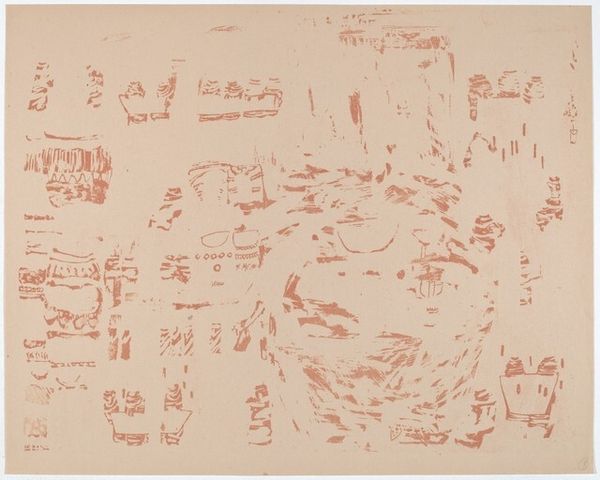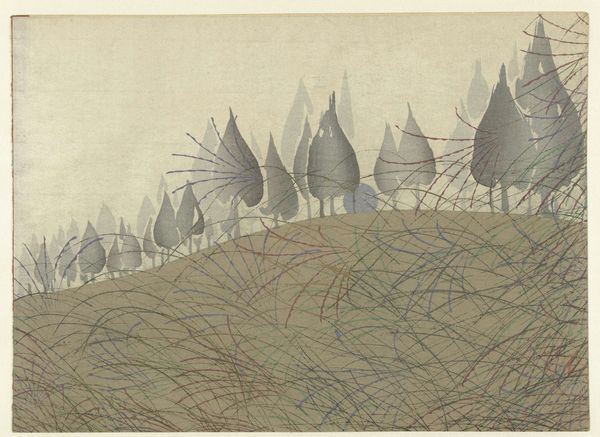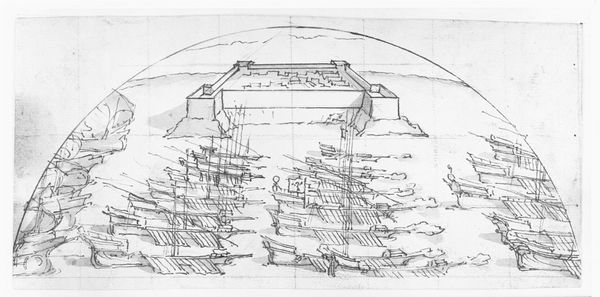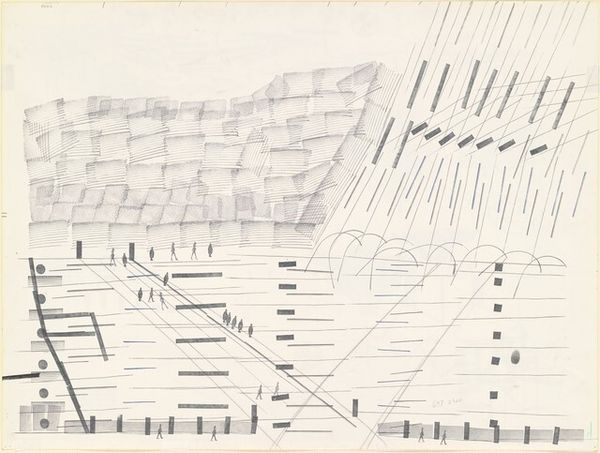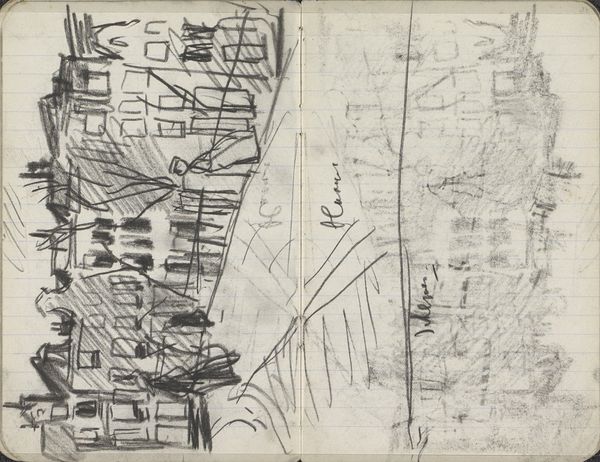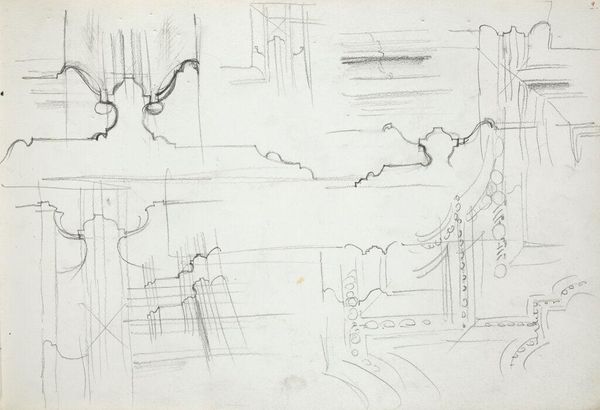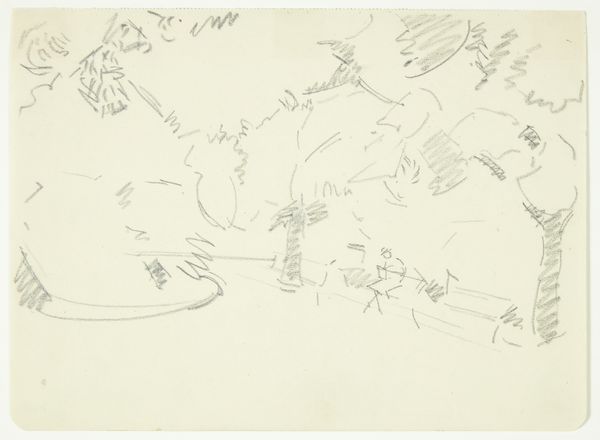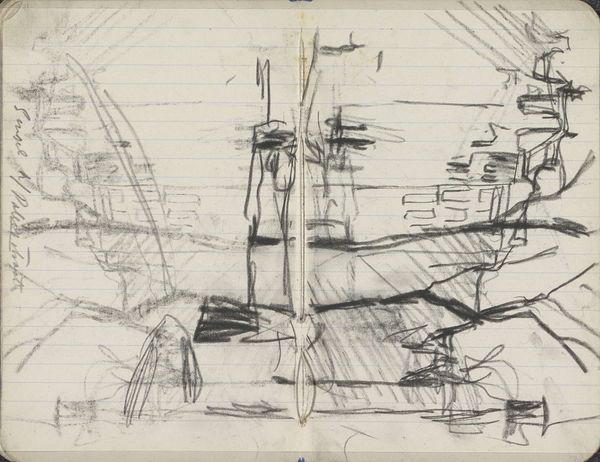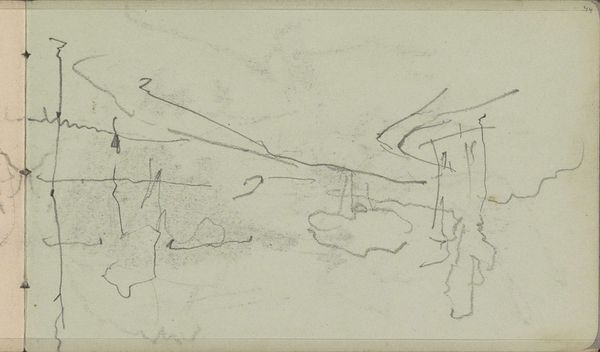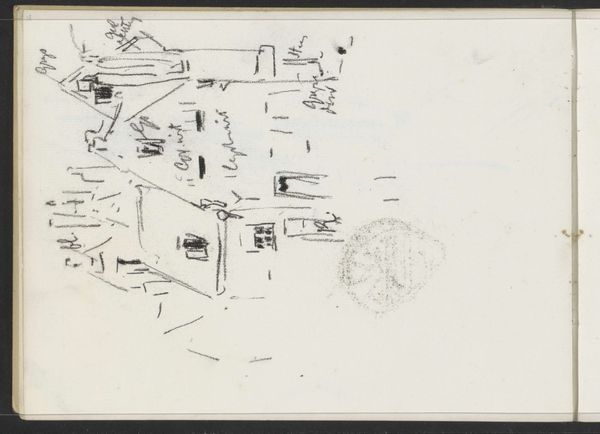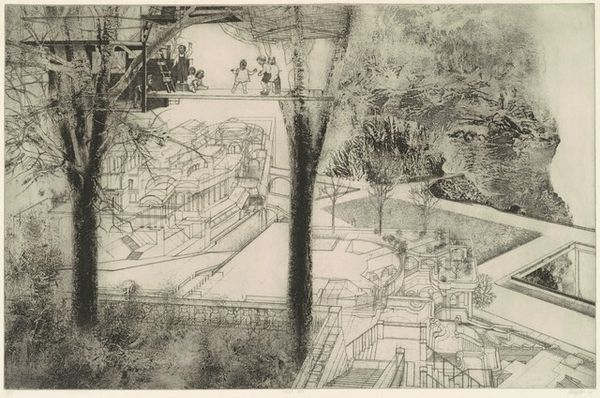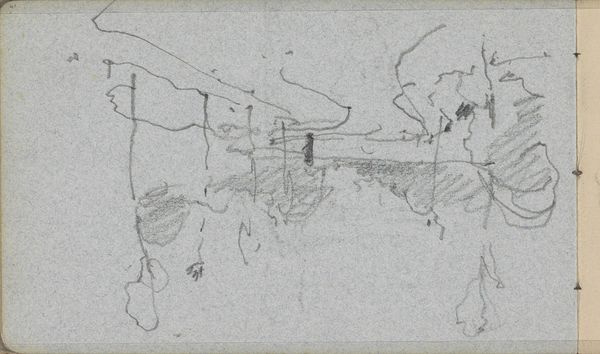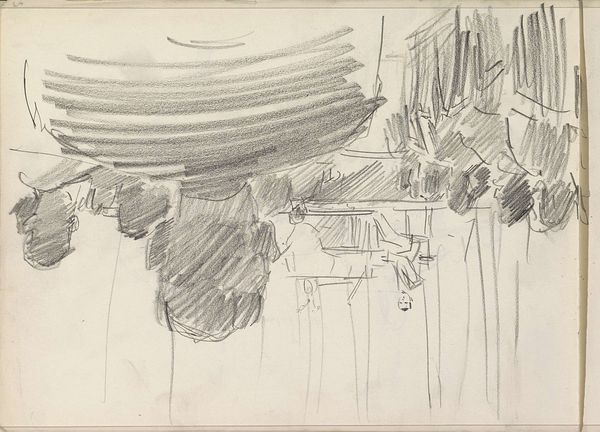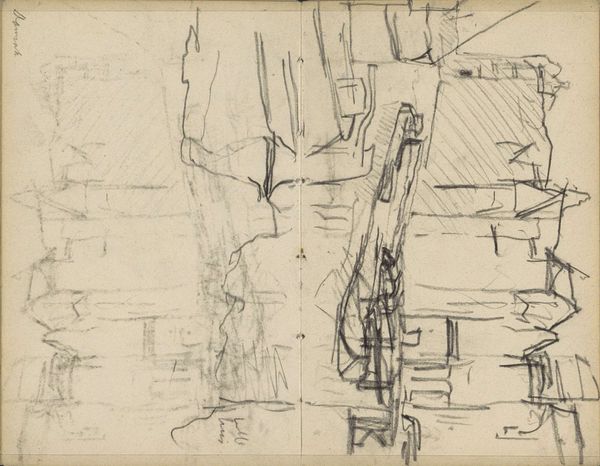![Untitled (Factory) [recto] by Saul Steinberg](/_next/image?url=https%3A%2F%2Fd2w8kbdekdi1gv.cloudfront.net%2FeyJidWNrZXQiOiAiYXJ0ZXJhLWltYWdlcy1idWNrZXQiLCAia2V5IjogImFydHdvcmtzLzc1MjYwNDQ1LTBjMjYtNDE5Zi1iODJmLTc0Mjg3MDFlY2IzYi83NTI2MDQ0NS0wYzI2LTQxOWYtYjgyZi03NDI4NzAxZWNiM2JfZnVsbC5qcGciLCAiZWRpdHMiOiB7InJlc2l6ZSI6IHsid2lkdGgiOiAxOTIwLCAiaGVpZ2h0IjogMTkyMCwgImZpdCI6ICJpbnNpZGUifX19&w=1920&q=75)
drawing
#
drawing
#
comic strip sketch
#
quirky sketch
#
old engraving style
#
personal sketchbook
#
sketchwork
#
geometric
#
pen-ink sketch
#
line
#
pen work
#
sketchbook drawing
#
storyboard and sketchbook work
#
sketchbook art
#
modernism
Dimensions: sheet: 76.2 × 101.6 cm (30 × 40 in.)
Copyright: National Gallery of Art: CC0 1.0
Saul Steinberg made this unnamed drawing of a factory with ink on paper, sometime in the mid-20th century. In the wake of the Second World War, as societies underwent reconstruction and grappled with questions of labor and capital, artists were often concerned with depicting the role of industry in modern life. Here, the artist uses the bare minimum of lines to suggest the vastness of factory complexes, abstracting industrial labor to geometrical forms, dots, and lines, scattered across the landscape, dwarfing the tiny figures of the workers. This faceless, dehumanized view of labor is contrasted with the round stamps of the artist’s seal, which appear to represent the human element, or, more specifically, the artist’s individual agency. To understand the meaning of this image, researchers would need to look at the cultural conditions of the time in which it was made, referring to sources like periodicals, newsreels, or literature, to appreciate the cultural anxieties that Steinberg may be commenting on. In this way, the social history of art emphasizes that meaning is always contingent on context.
Comments
No comments
Be the first to comment and join the conversation on the ultimate creative platform.
